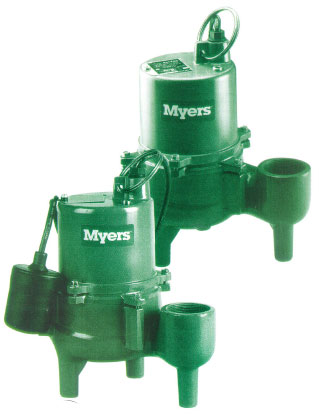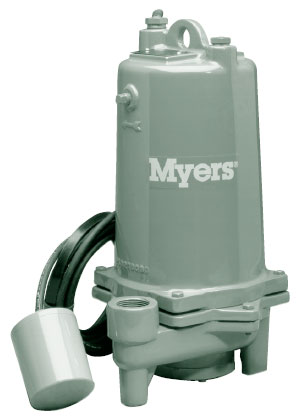A well-designed load cell transducer is designed to be durable, to stand up to shock and to ensure ease of installation and operation throughout the life of the system. It is not uncommon for well-designed and manufactured load cells to last for decades, even in the most challenging work environments.
There are several factors which can increase the risk of problems with the load cell transducer. These are most commonly associated with incorrect physical installation of the system or a problem with the electrical installation.
Electrical Problems
A common source of problems for the performance of load cells and transducers is the electrical installation. This is typically a significant factor when installing new weighing systems on existing equipment. Ensuring the existing electrical connections to the equipment are clean and free of dirt, debris or damage will be essential. In some cases, incorrect voltage due to long cables or even incorrectly attaching the wires to the electrical connections on the load cell transducer create the problems with performance and operation.
Mounting Issues
The load cell and transducer have to be mounted according to the manufacturer’s specifications. It may be physically possible to mount the system in another position, but it will impact the performance and accuracy of the load cell.
It will be essential to check the direction of mounting for the weighing system. Some manufacturers provide the option for an under-pillow mount or UPB which allows for any mounting position in a web tensioning system. This is ideal for most applications and eliminates issues with positioning the load cell.
Most of the top load cells are designed to allow for significant overload protection. Top manufacturers offer up to 1000% overload protection, but not all load cells on the market offer this operating cushion. Always choose a load cell with the highest overload protection to extend the life of the load cell.



